




Molecules
Molecules are a combination of one or more than one, similar or dissimilar atoms. Everything around us is made up of different combinations of molecules, we ourselves are made up of molecules. The human body mainly consists of water molecules but other than that there are several other types of molecules in our body. The food that we eat is a form of large, complex molecules which are broken down into smaller and simpler molecules in our body, the blood which acts as a conducting part of our body is made up of millions of cells known as the red blood cells which are molecules made up of atoms of iron.
Some Fun Facts About Molecules
Everything around us is made up of molecules.
Our body also is made up of different types of molecules.
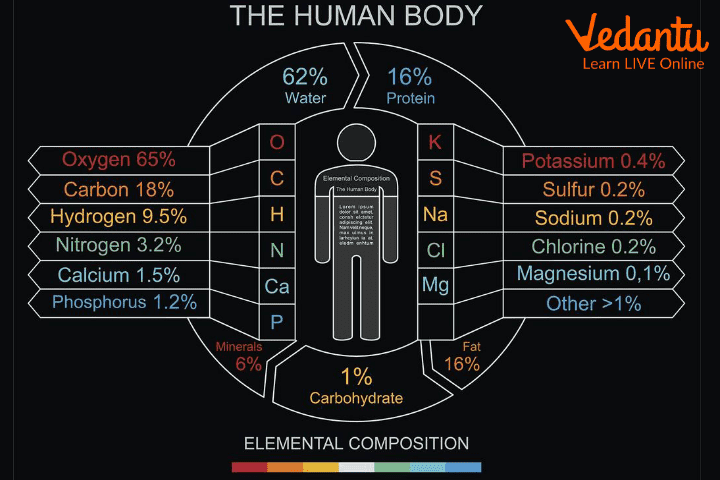
Human Body Made up of Molecules
Molecules can also be of various different shapes and sizes.
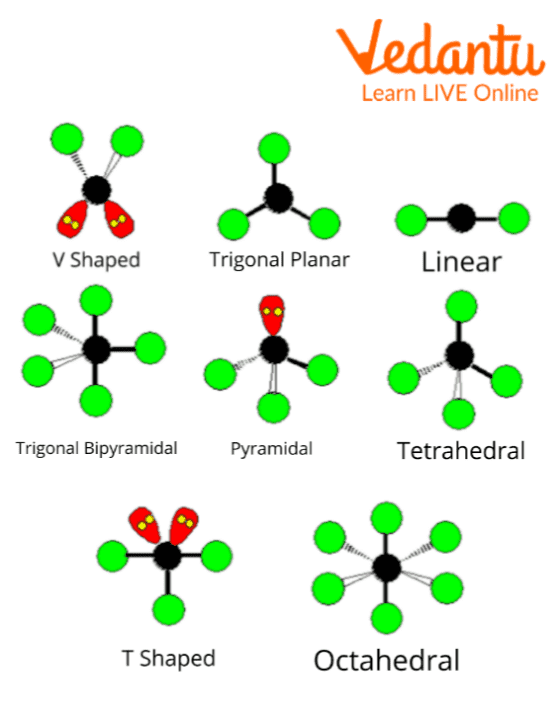
Different Shapes of Molecules
Some molecular formulae for different molecules are:
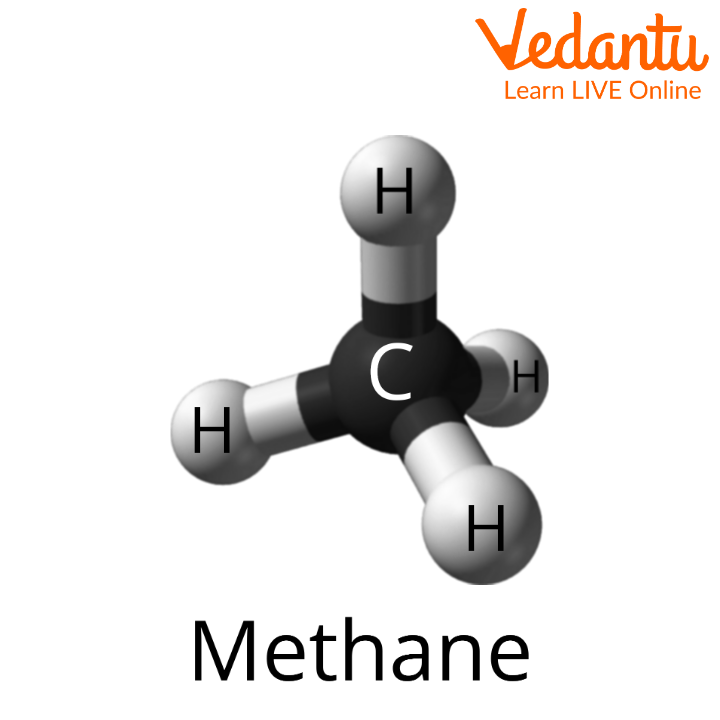
Methane Molecule
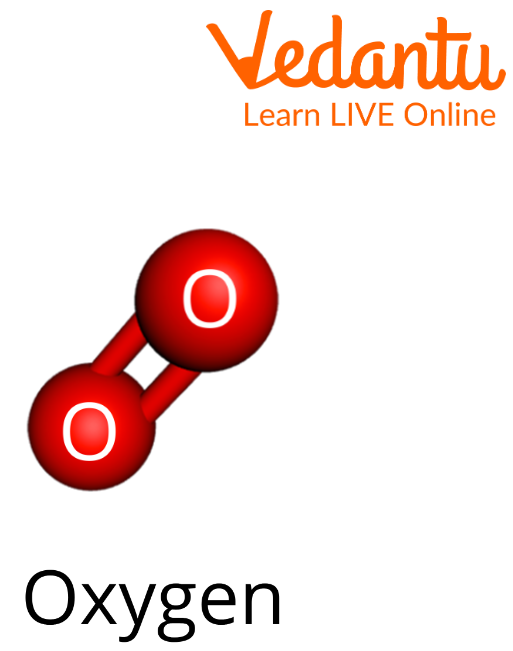
Oxygen Molecule
Complex molecules which are made up of more than one type of atom are termed as a Compound Molecule.
The atoms in a molecule are linked together through chemical bonds, which can be broadly of two types: Ionic Bonds and Covalent bonds.
Ionic Bond is when one atom donates its extra electrons and the other atom accepts the electrons thus forming a bond whereas a Covalent Bond is when there is sharing of electrons between the atoms and no donating or receiving of electrons take place.
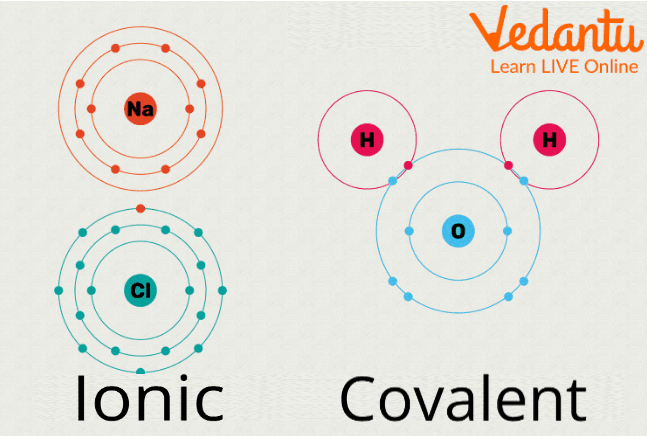
Ionic vs Covalent Bonding Between Atoms
Interesting Facts About Atoms and Molecules
Any time two atoms combine together they result in a molecule.
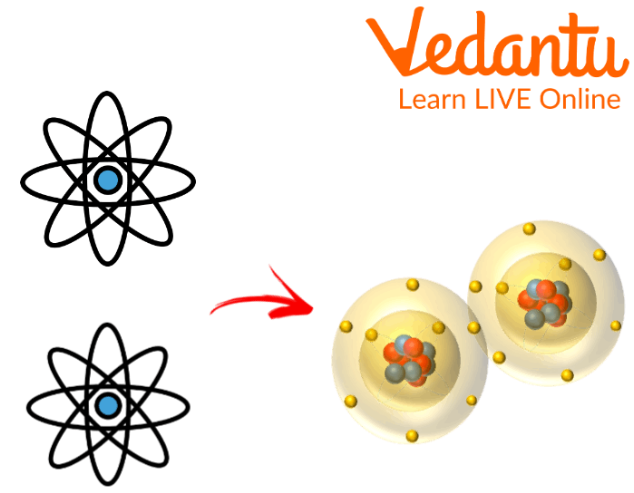
Atoms Forming Molecules
Since molecules are made up of atoms, a molecule can also break down into its component atom; this type of reaction is termed as decomposition reactions.
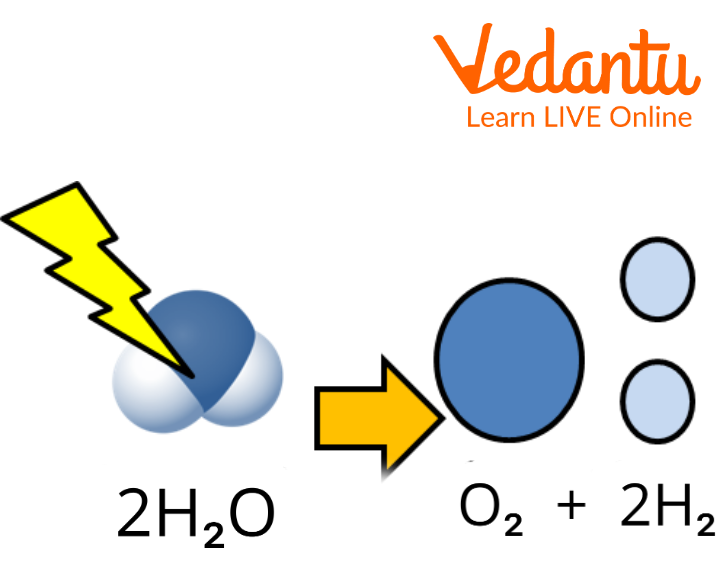
Splitting of Water: A Decomposition Reaction
Initially atoms were thought to be the smallest and indestructible part of nature but later subparticles of an atom were discovered, namely the electrons, protons and neutrons.
The most abundant atom in the universe is Hydrogen atom.
Till date we have discovered about more than 100 different types of atoms, these are listed in something referred to as the periodic table.
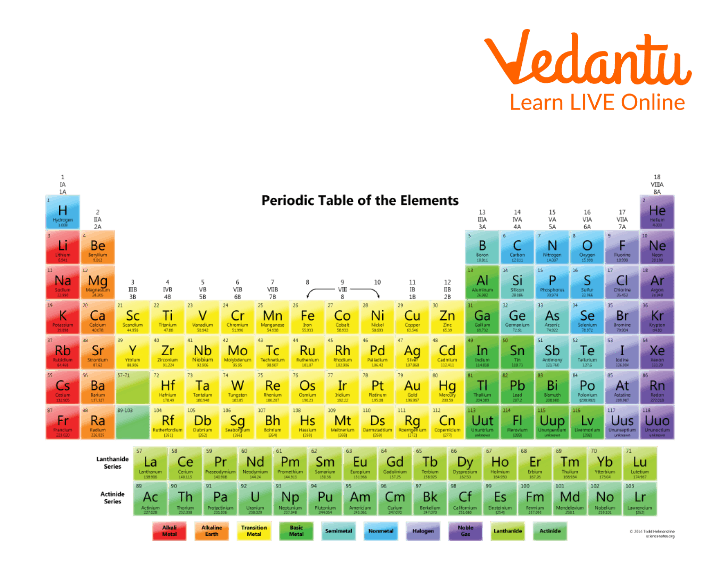
The Periodic Table
Fun Facts about Water Molecules
The water molecule is denoted by
It is an example of a compound molecule.
Several water molecules are also bonded together by something called Hydrogen Bonding.
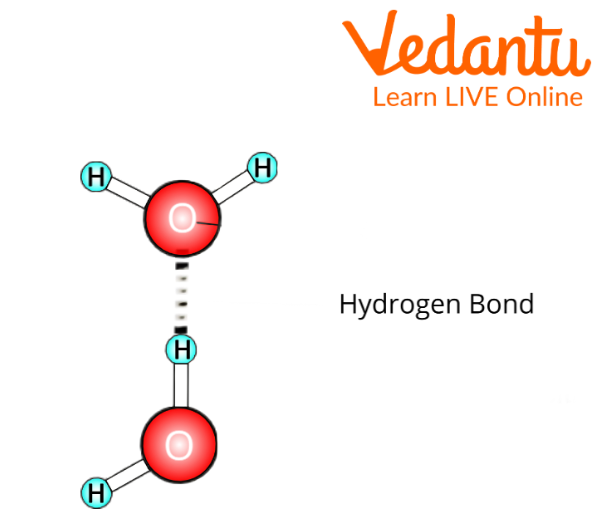
Hydrogen Bonding Between Water Molecules
Water molecules can exist in all three states of matter under normal circumstances.
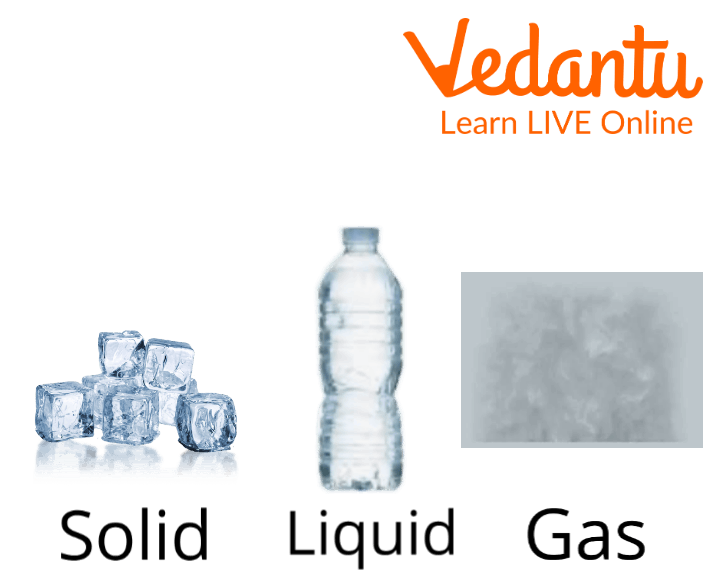
Water Molecules in Three States of Matter
Usually the solid is more dense than its liquid form and as a result sinks in the liquid, but in this case, ice is less dense than water and thus floats on its surface.
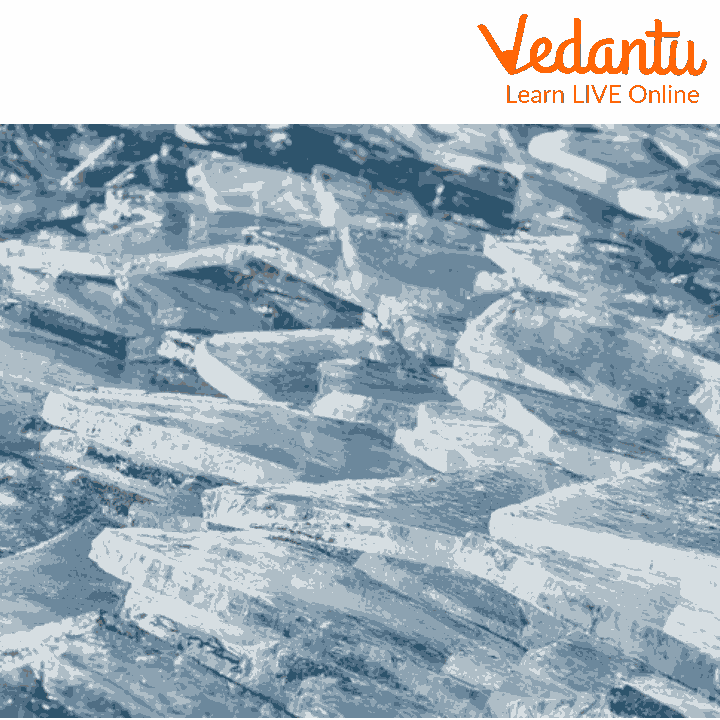
Ice Floating on the Surface of Water.
Sample Questions
State whether the sentences that follow are true or false:
The atom is the ultimate, indestructible substance in nature.
Ans: False, the atom can be subdivided into sub particles like the electrons, protons and neutrons.
Ice is denser than water
Ans: False, ice is not denser than water that is why it floats on water.
Water can exist in all three states of matter.
Ans: True, it can exist in all three states of water as water, ice and vapour.
A molecule can also be made from atoms which are not similar
Ans: True, these types of molecules are known as complex molecules.
2. State the relation between an atom, a molecule and a compound.
Ans: Two or more than two atoms link together to form a molecule, similarly two or more molecules link together to form a compound.
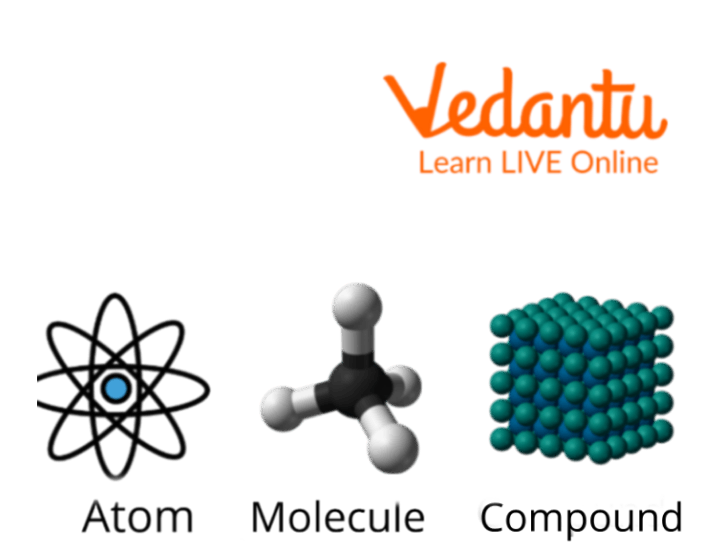
Relation Between Atoms, Molecules and Compounds.
Learn by Doing
Complete the given statements by filling in the blanks with suitable words:
Atoms combine to form a ___________.
Ans: Molecule
Methane is molecularly ________.
Ans:
Our bodies are made up of _________.
Ans: molecules
Molecules breaking into atoms are referred to as ________.
Ans: Decomposition reaction
Chemical bonds can either be _______ or ________.
Ans: ionic, covalent.
Ice _______ on water.
Ans: floats.
Summary
Two or more than two atoms link together to form a molecule with the help of chemical bonds which can either be ionic or can be covalent in nature. A molecule consequently breaks down into its components that are atoms, and that is termed as a decomposition reaction. A water molecule is a complex molecule made up of two hydrogen and one oxygen atom.
FAQs on Facts About Molecules
1. What do you mean by ionic and covalent bonds?
In ionic bonds one atom loses an electron and the other atom gains an electron, whereas in covalent bonding neither of the atoms lose or gain any electron, rather they share an electron.
2. What are the molecular formulas for the given molecules?
Water
Methane
Helium
chlorine
3. What is it that holds the atoms of a molecule together?
The atoms of a molecule are held together due to the chemical bonds.
4. Find out how many hydrogen atoms are present in the molecular formulas given below:
a.
b.
c.
d.
a. 2
b. 4
c. 8
d. 6









